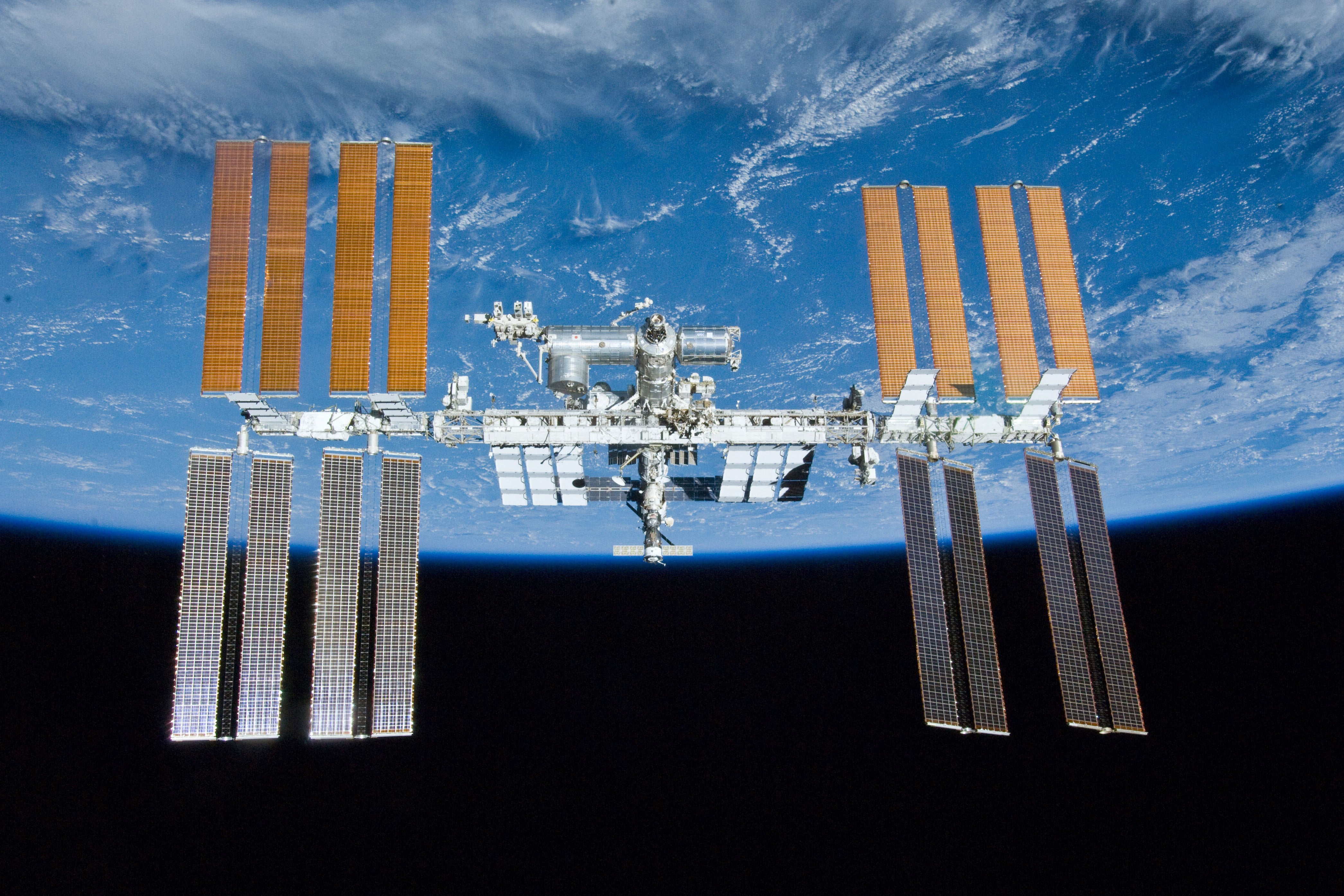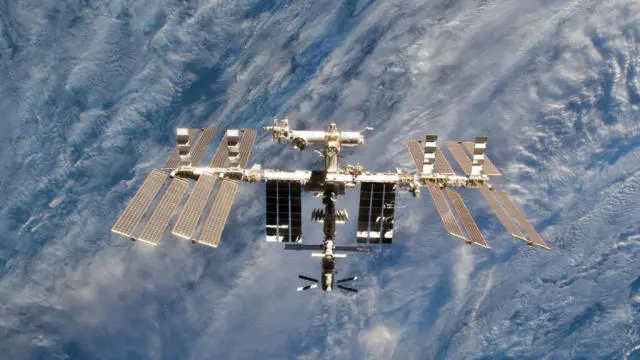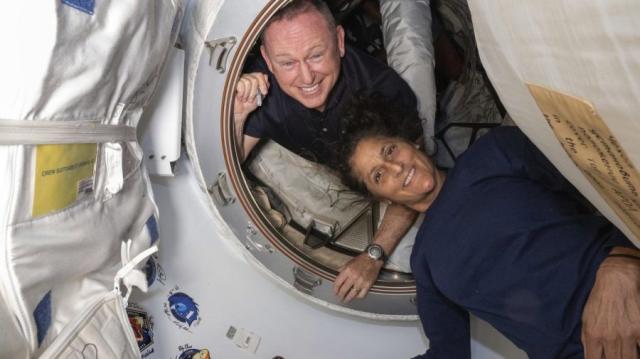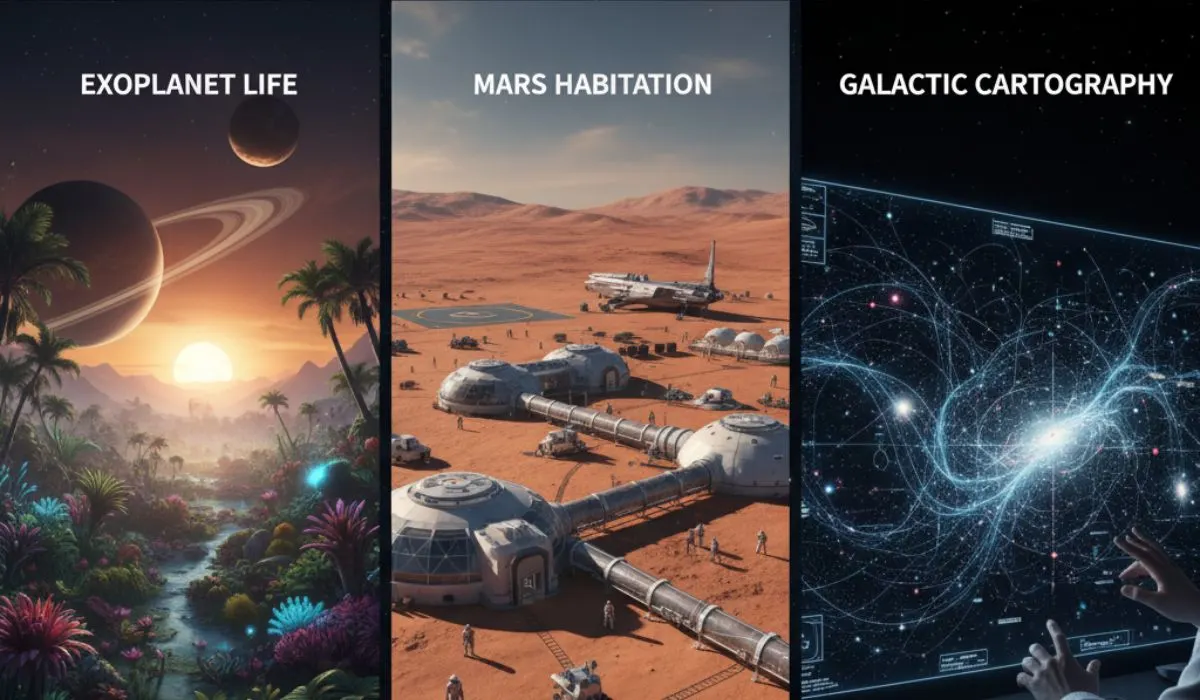An amount of $843 million is being paid to the corporation in order to construct a rocket that would "deorbit" the space station.
A contract for $843 million has just been awarded to SpaceX for the purpose of essentially bringing the International Space Station (ISS) down into the ocean. The International Space Station (ISS) will be deorbited in a secure manner during the next 10 years as part of a program run by NASA.
Having been in continuous operation since 1998, the International Space Station (ISS) has, like everything else, been aging. The orbital mission of the space station is scheduled to come to a conclusion in or around the year 2030. On the other hand, NASA does not want the entire thing to just careen into the atmosphere of Earth, causing hazardous debris to be dispersed everywhere, exactly as in the second season of Breaking Bad. The agency wants a tidy and regulated re-entry. What SpaceX brings to the table is this.
According to the conditions of the deal, SpaceX will design a spaceship named the “US Deorbit Vehicle” to safely return the ISS down to Earth without any excessive risk to population centers. SpaceX’s rocket will direct it into the Pacific Ocean, where it can upset a bunch of fish and not people.
The International Space Station is not going to go to any old region of the Pacific Ocean. It’s headed to the spookily-namd “spacecraft cemetery,” which is an empty area between New Zealand and South America that’s totally filled with the wreckage of space equipment. In total, this region of the ocean has been the final resting place for close to 300 spacecraft, including rockets, cargo ships, and capsules, among other types of spacecraft. Many of these spacecraft were actually utilized to reach the ISS, so this will be a homecoming, of a sort.
The endeavor won’t be simple for SpaceX. The ISS is over a million pounds and is too large to burn up upon re-entry. The company’s deorbiting spacecraft is projected to take several years to both create and test. The ISS will undergo a gradual disintegration, meaning that the process should unfold in three stages. The rocket will initially lead the solar arrays and radiators to the sea, followed by the individual modules and, lastly, the central component, often termed the truss.
Read Also: Mark Your Calendars: The Thrilling Solar Eclipse
“Selecting a US Deorbit Vehicle for the International Space Station will help NASA and its international partners ensure a safe and responsible transition in low Earth orbit at the end of station operations,” said Ken Bowersox, associate administrator for Space Operations Mission Directorate at NASA Headquarters.

The ISS is the biggest structure ever created in orbit and was a collaborative effort involving the US, Europe, Japan, Canada and Russia. The US and its partners agree to sustain operations right to the end, whereas Russia’s obligation stops in 2028. The space station costs roughly $3.1 billion per year to run. It is intended that the private space sector would take up the slack here, establishing orbiting stations that astronauts may use on a pay-per-visit basis.
To that purpose, dozens of private entities have previewed their own space stations. Vast and SpaceX intend to launch one in 2025 while Blue Origin has a station named Orbital Reef prepared for launch during the later half of the decade. Voyager, Lockheed Martin and Nanoracks don't anticipate to run its Starlab facility until at least 2027.








